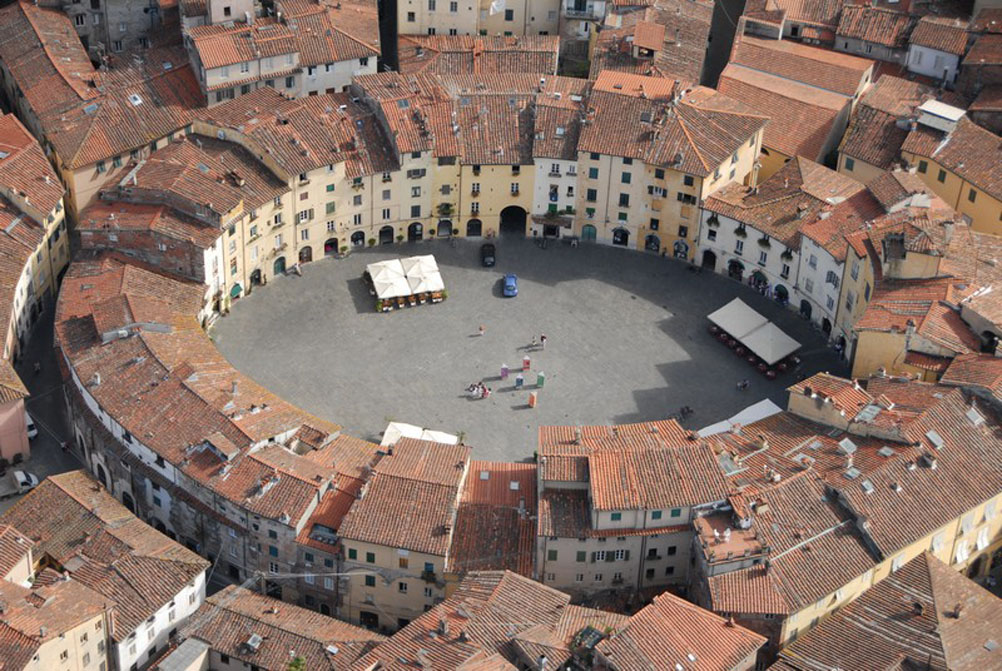Close Readings in Architecture
ARC251H1S
Summer 2020
Instructor: Peter Sealy
Meeting Section: L9101 (Online)
Time: Asynchronous
This second-year undergraduate course will trace the evolution of architecture’s sense of its own autonomy, both as a profession and as a form of knowledge, in tandem with the parallel—if contradictory—understanding of buildings as traces or even symptoms of larger political, social and economic forces. Lectures will cover a wide historic and geographic expanse, and explore topics such as the meaning invested in historic monuments, the ideological implications of perspective drawing, the persistent ties between classical architecture and slavery, and typology’s capacity to perpetuate historical forms. Together, we will treat a range of concepts developed by architects, philosophers, and historians to consider architecture as a way of thinking and acting in the world that transcends environmental, socio-economic, and political vectors even as these forces inevitably inflect the parameters of the discipline.
This will course will be offered online between July 6 and August 17. It will meet asynchronously, meaning that while students will be expected to watch lectures, complete readings, and submit assignments on a regular schedule, they may do so at any time of the day.
One assignment in this course involves the construction of a small architectural model. Where possible, students are asked to acquire an exacto knife, white glue, 1-2 sheets of white foam core, a cork-backed metal ruler, and a cutting board or other appropriate working surface. If foam core is unavailable, other material including museum board, chipboard, or cardboard may be used.
Students with questions regarding this course are invited to contact Professor Sealy directly at Peter.sealy@daniels.utoronto.ca
Images: 1. Georges Baussan, Palais National, Post-au-Prince, Haiti (1920). 2. Maya Lin, Vietnam Veterans Memorial, Washington, DC (1982). 3. Sainte-Chapelle, Paris, France (1248). 4. Gian Lorenzo Bernini, The Ecstasy of St. Teresa (1652). 5. Lorenzo Nottolini, Piazza dell'Anfiteatro, Lucca, Italy (1830). 6. Peter Behrens, AEG Turbine Factory, Berlin, Germany (1909). 7. Claude-Nicolas Ledoux, Barrière Saint-Martin, Paris, France (1788)








